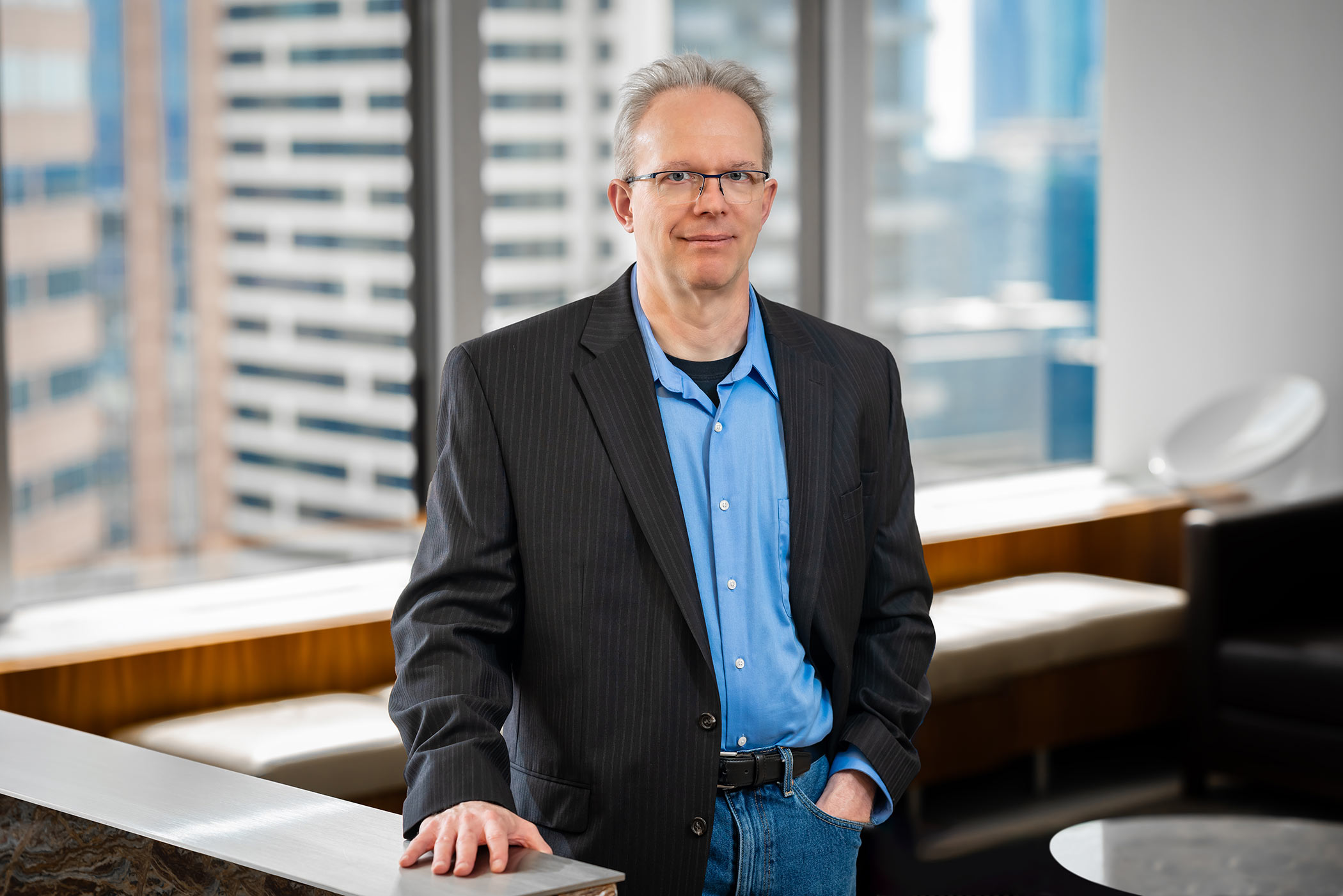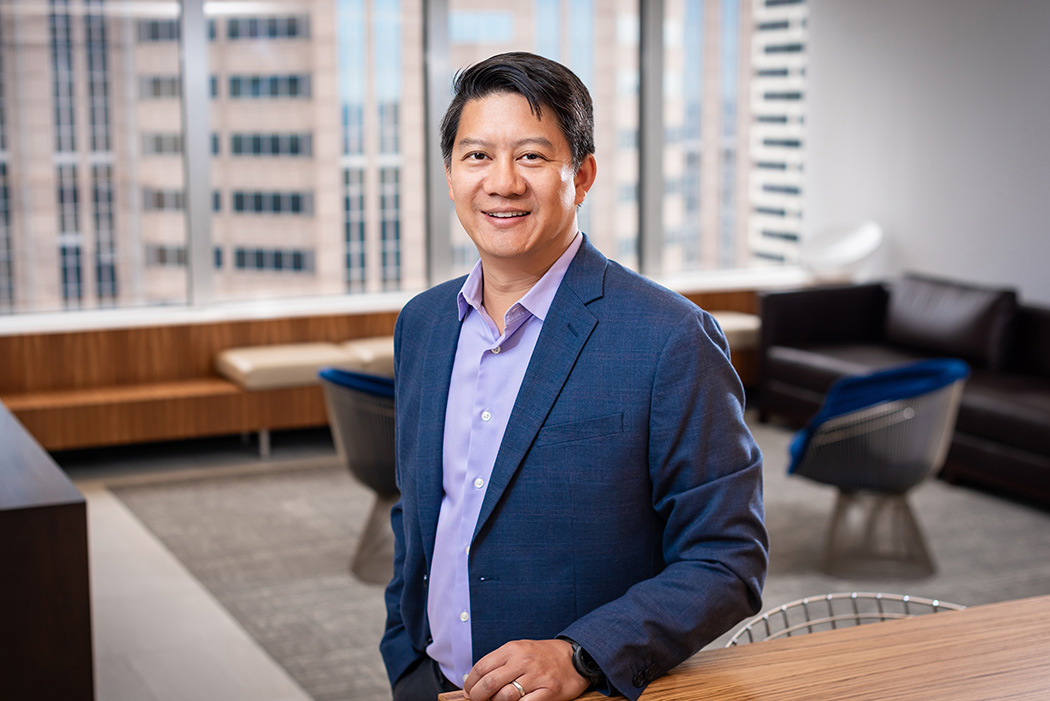Why we think AI can be an inventor on a patent application
- April 19, 2023
- Snippets
On April 18, 2023, we submitted a Supreme Court amicus brief expressing our encouragement for the justices to rule on the question of whether it is proper for an artificial intelligence (AI) to be an inventor on a patent application. The issue has arisen in the Petition for Writ of Certiorari recently filed by Dr. Stephen Thaler.
Dr. Thaler has alleged, so far without dispute, that his DABUS AI was the sole inventor of two ideas for which he filed patent applications. The USPTO refused to examine these inventions because DABUS was listed as the inventor. The USPTO contended that inventorship is restricted to natural persons only, a viewpoint that was also persuasive to a district court judge and then affirmed by the Federal Circuit. Dr. Thaler’s petition to the Supreme Court followed.
Our brief notes that while the Patent Act does not explicitly contemplate non-human inventors, it also does not rule out that possibility. Given that the constitutional principle behind that Act is to “promote the progress of science and useful arts,” and encourage innovation, the term “inventor” should be given a broad and non-restrictive interpretation. Indeed, the Court has recognized that “times change” and “technology and other innovations progress in unexpected ways” when considering the types of inventions that are patentable.
A key principle behind our interest in this case is the rapid expansion of generative AI, which can produce new and creative works of writing, art, and music as well as inventions. This technology has only become widely available to the public in the last year and is fundamentally different from traditional AI models that perform classification, clustering, and prediction. As we note in the brief:
The transition from older, traditional AI methods to generative AI is not analogous to a calculator that now has an ability to perform multiplications between yet larger numbers. Instead, the calculator in this analogy can deduce and derive new and useful mathematical equations and properties from first principles. In other words, the capabilities of generative AI are sui generis—fundamentally different from those of traditional AI and conventional computing.

Further, it is widely expected that the capabilities of generative AI will continue to grow as the models become larger and more fine-tuned. Thus, if the Court does not address this issue now, the legal system will need to do so in a piecemeal fashion over the coming years.
Since AI-produced inventions are currently not patentable under the DABUS rulings from the USPTO and the lower courts, the Court needs to step in so that entities are not implicitly encouraged to conceal their AI-generated inventions. If patents are not available, these entities will turn to trade secret protection and may have less of a desire to commercialize such inventions, even ones that could profoundly benefit humankind (e.g., new and useful products including lifesaving drugs). This would put the U.S. at a competitive disadvantage compared to countries with more forward-looking policies. Furthermore, a lack of disclosure may result in a corresponding lack of regulatory oversight regarding how generative AI models are trained, operated, and used. This may serve to incentivize monopolistic practices with regard to AI-generated inventions and limit their exploitation to only a handful of players.
Finally, we address the ancillary issue of ownership of AI inventions. Any concerns in this space can easily be addressed by existing agency and contract law. We see no significant difference between the AI-as-inventor scenario and the human-as-inventor scenario. In both cases, the inventor and the owner (assignee) of any patent application can be (and usually are) different. Similar contractual arrangements can handle situations where ownership of inventions are to be split between various parties such as the entity that trained the AI, deployed the AI, prompted the AI to invent, and so on.
Given all of this, we see no compelling reason to exclude AIs from being inventors on patent applications and acknowledge that there is much to gain by recognizing AI inventorship. Therefore, we, along with other amici, have urged the Court to take up this case and rule in favor of Dr. Thaler.


